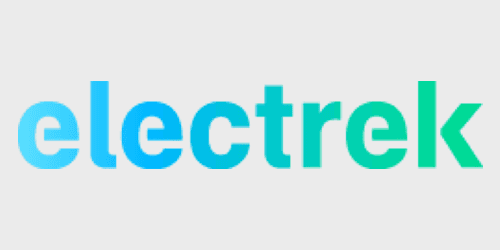

Update: Tesla misreported and didn’t triple the book value of its Supercharger network
By enabling long distance travel for its fleet of electric vehicles, Tesla’s Supercharger network of DC fast-charging stations is one of the company’s greatest assets, which is now reflected very clearly on the company’s balance sheet according to a recent SEC filing.
In its 2015 financial report filed last week, Tesla confirmed attaching a book value of $339 million to its Supercharger network, up from $107 million just a year ago.
At the end of 2015, Tesla had 584 Supercharger locations globally and ~3,400 Supercharger stalls, which means that Tesla values its Supercharger locations at about $580,000 each or close to $100,000 per stall.
Tesla not only increased the value of its network by adding new stations, but also the value per station significantly increased. At the end of 2014, Tesla was operating 334 stations and valued the network at $107 million (~$320,000 per station), which represents a 81% increase in value per station.
Although likely not the only reason the value increased by station, Tesla has been making technology improvements on its network since its introduction.
When Tesla first introduced the Superchargers, they could charge at a rate of 90 kW, in less than 3 years, Tesla increased the capacity up to 135 kW. In comparison, CHAdeMO, a standard for DC fast charging, delivers up to 62.5 kW. The capacity of the Superchargers depends on when the stations were installed, but most deliver 120 kW, which can add 170 miles of range during a half hour charge.
Tesla Supercharger Network Today
The automaker plans to add 300 new Supercharger locations and grow the network by about 50% this year. Construction is often slower in winter, but Tesla already added 18 stations and about 100 stalls during the first two months.
Projected Tesla Supercharger Network by the end of 2016
It will be very interesting to follow the network’s future, especially how it will handle the impact of the upcoming Model 3.
Tesla also said last year that it was in talks with “some auto manufacturers” to share the Supercharger Network.
FTC: We use income earning auto affiliate links. More.







error in the article, CHAdeMO really can NOT deliver 62.5kW, because you can’t charge at max voltage and max amps simultaneously. Real power of CHAdeMO is max ~50kW.
In stark contrast SuperCharger power of 120kW is real, because it is equal to volts*amps delivered directly to the battery.
The reason why the Amazon product is so popular and competing with Siri is it Searches thru GOOGLE vs. BING!!!!!
BING SUCKS!!! Therefore most of the time I do NOT Use SiRI. I switched from Samsung to Apple LOVE everything except for Siri and BiNG!!!
petty sure you are commenting on the wrong article
Or the wrong site 🙂
Japan will never support a foreign car company with so many Jp car makers at home. Nissan Leaf 2 will probably be the go to car in Japan.
Streets in Japan are often pretty narrow. There are plenty of places (like in Europe) where you just couldn’t drive a Model S safely. It probably won’t do as well in Japan as you’d think it would. The Model 3 might do well, though.
Need to update, as Tesla released an updated number: $166.6M.